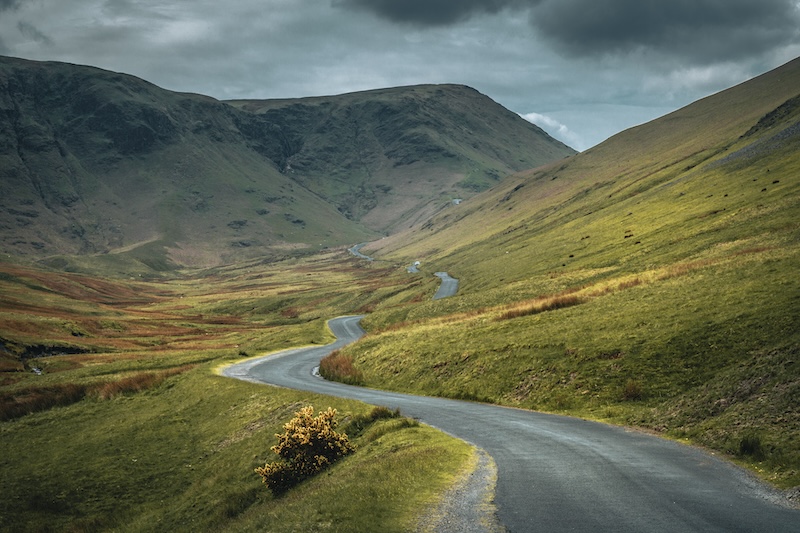Freezing conditions are causing dangerous roads – here’s how to stay safe

Black ice, pictured above, is almost invisible unless you know what to look for
Freezing temperatures have set in across the UK, meaning the roads could be dangerous to drive on.
Weather warnings issued across UK
Early this week, temperatures dropped as low as -8ºC overnight and the Met Office issued a yellow weather warning for some areas of the UK.
The southeast of England experienced snowfall on Monday and overnight conditions became icy, on untreated roads, cycle paths and pavements.
Temperatures are expected to reach a maximum of only 6ºC this week, meaning icy conditions are likely to continue, especially if more snowfall occurs.
Staying safe on the road
When driving in winter it’s important to know how to drive as safely as possible, especially if the roads are icy or covered in snow.
Firstly, you should consider if your journey is necessary. If it isn’t, or if it can wait until the roads are less dangerous, it’s best not to drive at all. However, if you absolutely have to drive, here’s how to stay as safe as possible:
How to prepare for driving on icy roads
Before you start driving, check these to make sure you’re as safe as possible:
Tyres – When it’s icy, the friction between your tyres and the road is severely reduced. That’s why you should check your tyres meet the minimum requirements for tread depth – 1.6mm across the middle three-quarters and around the entire tyre.
Provisions – Even if you don’t get into an accident, you might get stuck in traffic or face delays because of snow on the roads. It’s best to pack some small snacks, a drink, warm clothing and a phone charger. It’s also worth having the number of your breakdown recovery company on hand just in case you need it.
How to drive on icy roads
Driving slowly is the most important thing when it comes to driving on icy roads. Your tyres have less grip and breaking distances can be ten times those on a dry road in ideal conditions.
You’ll need to leave a lot more distance than usual between you and the vehicle in front of you. Not only will this allow you to see everything they do in plenty of time (i.e. swerving a patch of ice) it will also help to lower the chance of an accident.
It’s also worth noting that just because you are in control of your car, the person in front of you may hit some ice unexpectedly, so the more distance between you the better.
You should try to accelerate, brake and steer as smoothly as possible to avoid skidding. Putting your car into a higher gear can also help gain traction on the road.
Black ice
Black ice can be very dangerous. It’s a thin, transparent layer of ice on the road that’s very hard to spot unless you’re looking for it, and even then, you can be caught unaware. If you’re worried about hitting black ice look out for patches of the road that look wet or with a glossy sheen.
What to do if you skid
If you do hit a patch of ice and your car starts skidding, the most important thing is to stay calm.
Try gently steering into the skid and maintaining your speed without hitting the brakes. Any sudden movements could cause the car to go even more out of your control.
Check out our blog on winter car checks for more information on how to make sure you’re driving safely in winter.


